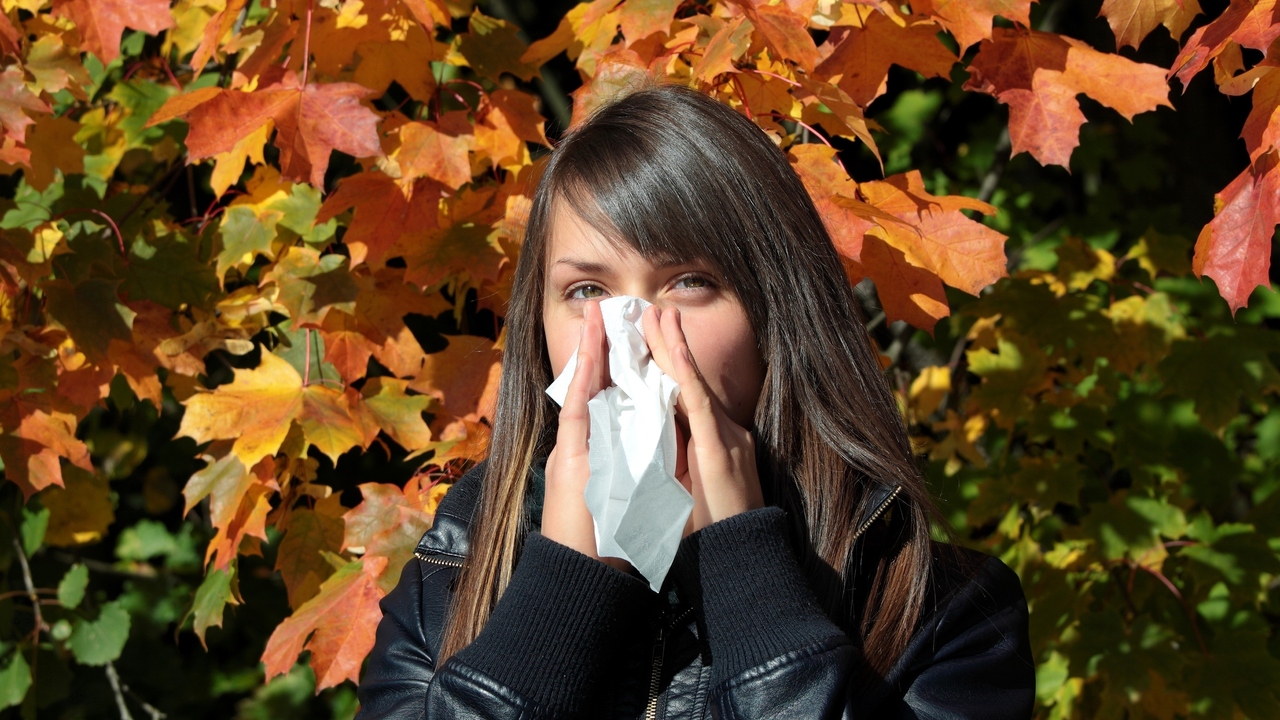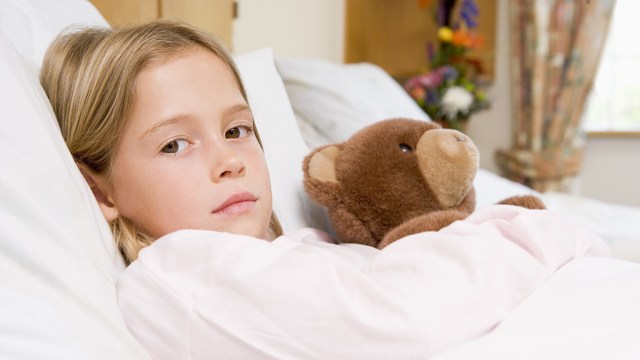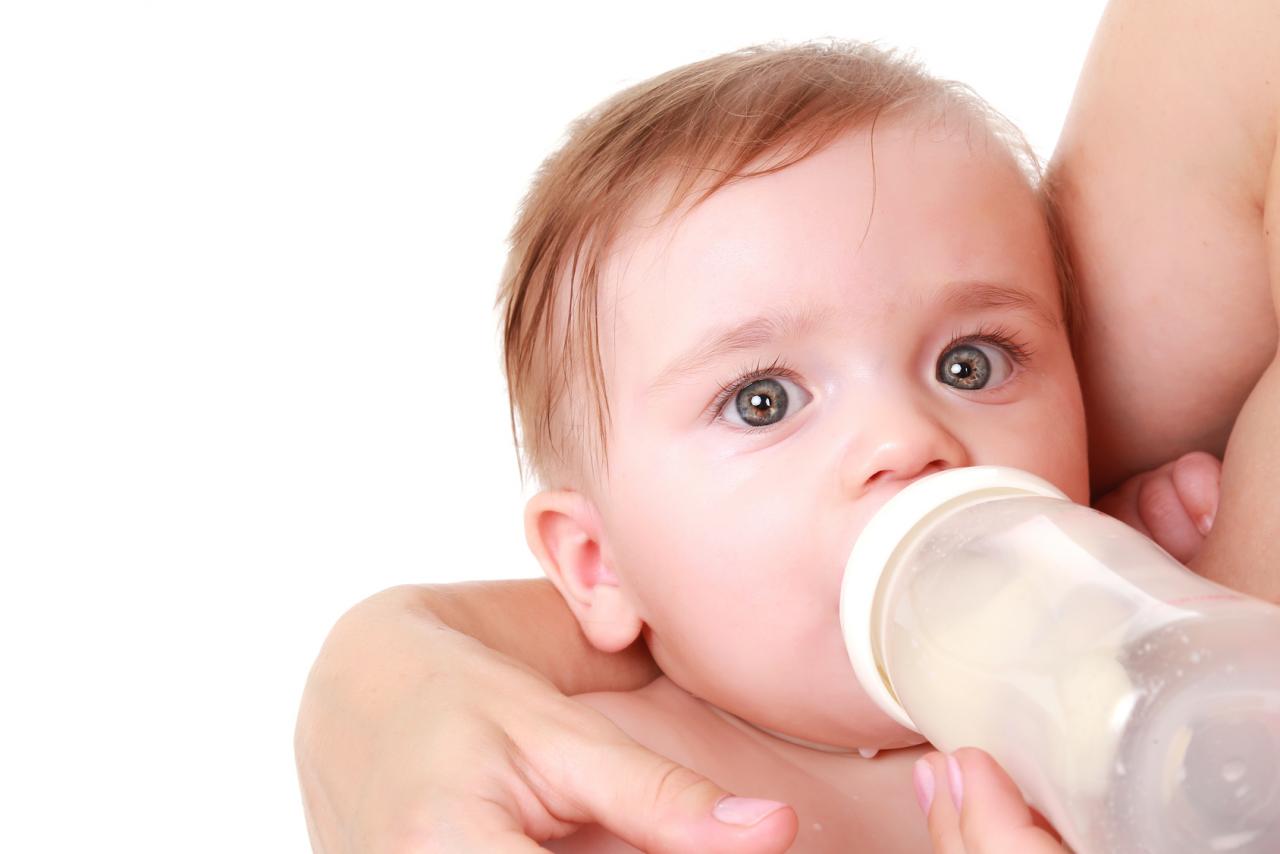Acute respiratory distress syndrome is a fluid build up on the lungs, leading to lung failure. It is an extremely serious, life-threatening condition. Without sufficient oxygen, the person will eventually lose consciousness and die. Prompt medical attention is vital.
Every year in the United States, 150,000 people are diagnosed with ARDS.
Symptoms of ARDS
The symptoms of ARDS are:
• Tiredness
• Cough
• Dizziness
• Shortness of breath, difficulty breathing
You may not have all the symptoms. It depends on what caused your ARDS as to the symptoms you will experience. In the more severe stages of the syndrome, you may even hallucinate. This is caused by lack of oxygen to the brain.
What Causes ARDS?
ARDS has many causes, one of the main ones being trauma, such as a car accident, near drowning, or surgical procedures. The other main cause is pneumonia and/or sepsis. Sepsis is widespread infection throughout the body. Less common causes are:
• Adverse drug reactions and overdoses
• Inhalation of toxic smoke or hazardous chemicals
• High concentrations of oxygen – premature babies can suffer from respiratory distress syndrome caused by the 100% oxygen they breathe.
• Seizures
• Stroke
• Large blood transfusions
Diagnosis
If you have any difficulty breathing, it is important to go straight to the emergency room. A doctor will find out if you have ARDS by doing a blood test to see what your blood/oxygen level is and chest X-rays to determine if there is any damage or fluid on the lungs.
Treatment
If you have another illness such as pneumonia, then this will be treated. You will also be given oxygen therapy, nasally or by a face mask. In a more severe case, you will be artificially ventilated so a machine will breathe for you. Sedatives and paralytics are normally given as well, to stop you fighting the ventilator and to allow your body to rest. This is called a medically induced coma.
Other drugs which may be used include antibiotics and blood pressure medications which will be used to deal with infection and/or reduce fluid in the lungs.
Most people who have oxygen therapy recover completely with no lasting effect on their health. However, some people suffer scarring to the lungs as a result and this may mean that they are restricted in certain activities such as strenuous exercise. They might also feel short of breath if they get ill and they may be more susceptible to pneumonia and other lung diseases.
For more information, contact:
ARDS Foundation
3100 Dundee Road, Suite 402
Northbrook, IL 60062
PH: 312-749-7047
Joanna is a freelance health writer for The Mother magazine and Suite 101 with a column on infertility, http://infertility.suite101.com/. She is author of the book, 'Breast Milk: A Natural Immunisation,' and co-author of an educational resource on disabled parenting, in addition to running a charity for people damaged by vaccines or medical mistakes.






Add a CommentComments
There are no comments yet. Be the first one and get the conversation started!